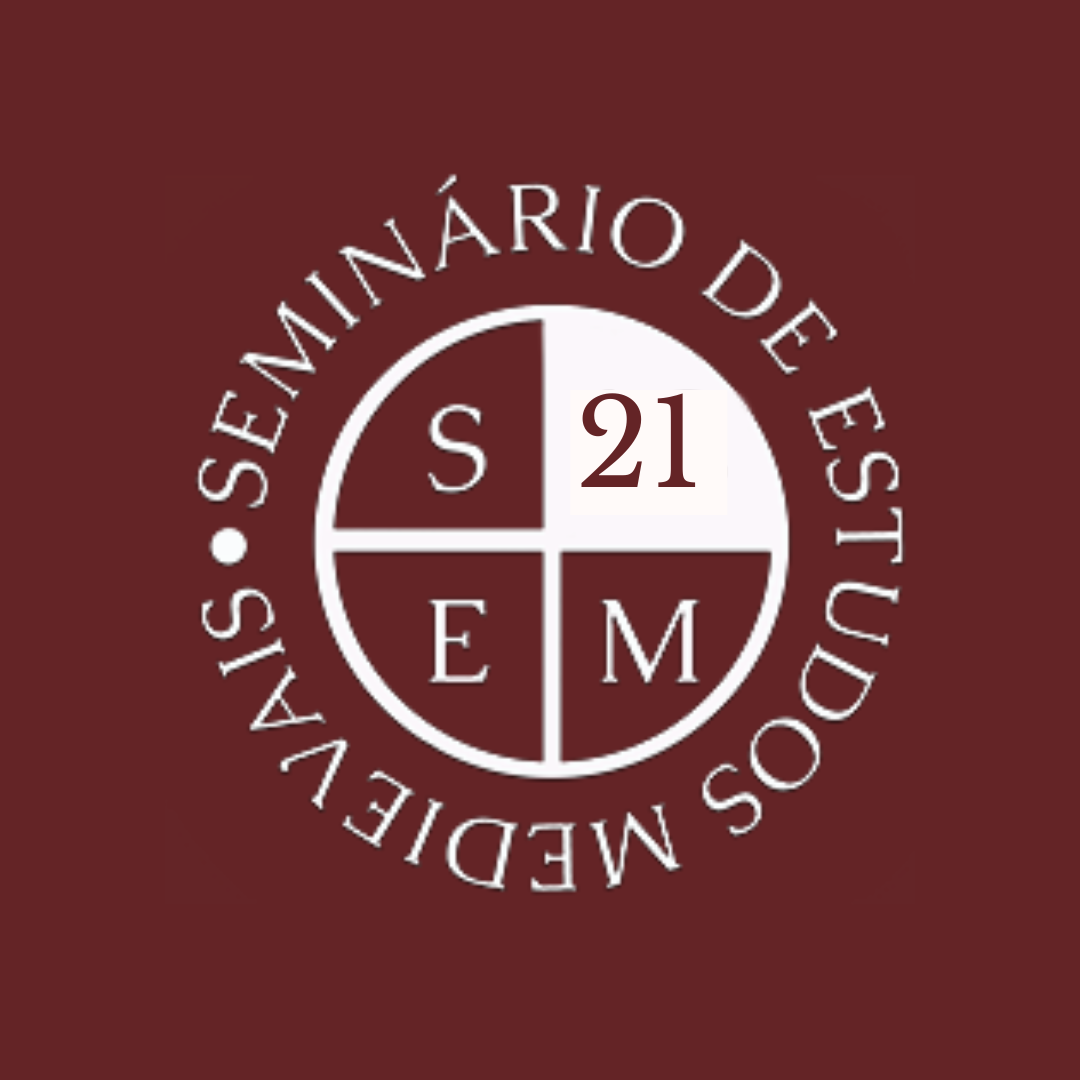Seminar in Medieval Studies: “El corpus manuscrito de las «Siete Partidas» de Alfonso X. Estudio sobre su iluminación” – Jorge Prádanos Fernández (Universidad Complutense de Madrid)
19.11.2021 | 16:00
Zoom session

In this session will be presented the reality of the illumination of the manuscripts of the Siete Partidas of Alfonso X and its weight in the total manuscript production of this work, highlighting the various iconographic types existing in the manuscripts and their relationship with other late medieval legal iconic repertoires. Similarly, the various types of clientele and patronage and their possible relationship with the preserved iconic programs will analysed.
About the author:
Jorge Prádanos Fernández, graduated in Art History from the University of Valladolid in 2015 and Master in Advanced Studies in Spanish Art History from the Complutense University of Madrid in 2016. He is currently working on his doctoral thesis at UCM whose title is “A servicio de Dios y por comunal de todos hacemos este libro. Analysis and context of the illumination of the manuscripts of the Siete Partidas, under the direction of Dr. Laura Fernández Fernández Fernández, in which she analyzes the illumination of the medieval manuscript production of the Siete Partidas and the relationship with other types of European iconic parallels. Since 2018 she obtained a predoctoral research contract FPU17/01205 from the Ministry of Education. She has participated in national and international congresses related to the object of study of her thesis and published several papers in monographs and specialized journals. In 2017 she obtained a research stay through ERASMUS + grant between April and June 2018 at the Spanish School of History and Archaeology in Rome (EEHAR). She is a member of the research group IUS ILLUMINATUM and has recently completed a research stay at the Instituto de Estudos Medievais-Universidade Nova de Lisboa between April and June 2021 to work with Portuguese manuscripts of the Partidas.
The Cançoners DB database (https://candb.narpan.net) gathers the research on Catalan songbooks that our research group has carried out in the last decades, with the idea of systematizing the data on one of the main medieval literary traditions, placed in the context of the written culture of the Crown of Aragon and also of its contacts with European traditions. Our relational database includes works, authors, manuscripts and bibliography, making it possible to connect, for example, people or places relevant to the different fields of medieval culture.
Recently, the project “Troubadours and European Identity: The Role of Catalan Courts” (http://www.trob-eu.net) has added a digital and interactive historical map, connected to Cançoners DB, to capture the relationship between troubadours and Catalan courts. This new tool takes advantage of the possibilities of GIS technology and focuses on geographically representable data: the origin of the troubadours, the courts with which they were related, and the place names cited in their works.
Our communication will comment on the objectives and criteria of these tools, the problems they have raised, the results obtained in our own research and the connections they allow with specialists in other disciplines or traditions.
